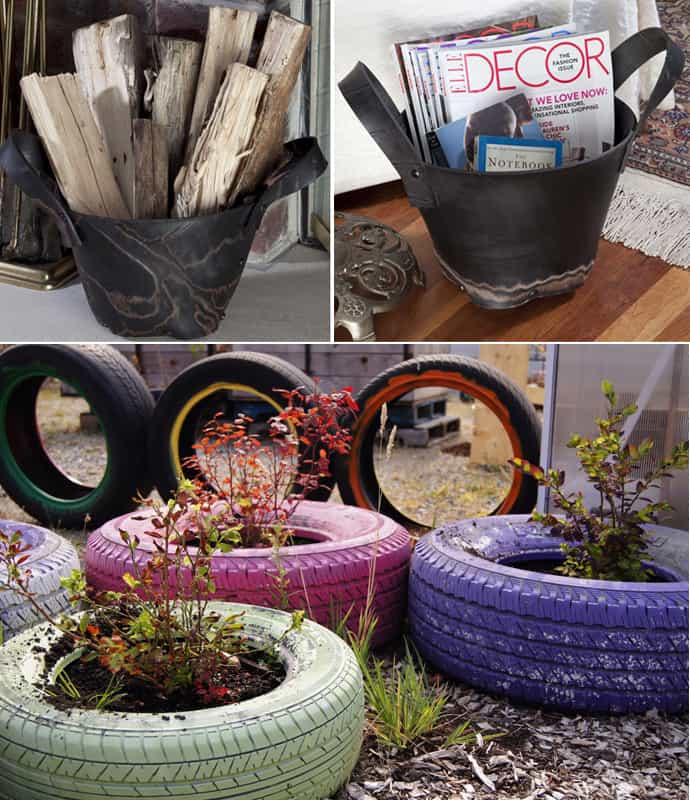Approximately three billion automobile tires were produced worldwide in 2019 alone. Automobile tires are the classic example of a high-volume product derived from non-renewable petroleum resources that is designed for single use; they do not fit the desired paradigm of reduce, reuse, recycle.
Some old tires are used as fuel in the cement industry or ground into rubber crumb and used as a reinforcing agent — parents will be familiar with the rubber mats used in children’s playgrounds.
These are inefficient ways to utilize a non-renewable resource. Problematically, many tires end up in tire landfills where they risk contaminating the local environment through leachate (the liquid that percolates through waste sites and into the ground) or worse, through fires that release toxic gases and particulate into the atmosphere.
On Dec. 20, 2019, a difficult-to-control fire broke out at the TRACC tire recycling plant in Minto, N. B., where approximately one million tires were stored. It took one week to put the fire out. Such fires aren’t uncommon: another notable tire fire happened 30 years ago, when 14 million tires in Hagersville, Ont., burned for more than two weeks.
In the 1840s, Charles Goodyear discovered a process called vulcanization that converts soft natural rubber into hard wearing rubbers. Vulcanization uses sulfur chains to bridge large organic molecules into a network, and is still widely used to produce automobile tires.
Prior to advances in automobile design, notably the advent of steel-belt and radial profiles 50 years ago, tires would need to be replaced after 20,000 to 40,000 kilometres. We now expect tires to last 100,000 kilometres. That reliability on the road makes tires extremely difficult to recycle.
In my lab, the Brook Research Group at McMaster University, we have discovered an efficient and mild process that uses silicone chemistry to break the sulfur-to-sulfur bonds that hold tires together.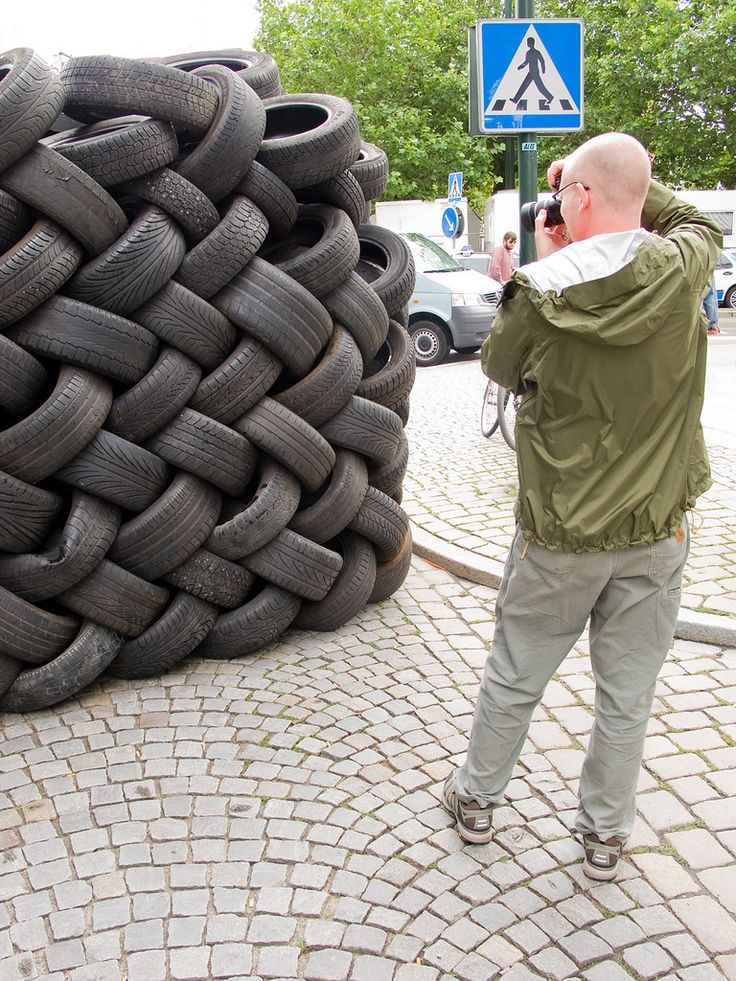 The silicones selectively cut the sulfur-sulfur connections, leaving only organic chains that can be easily isolated and reused to create new products. This process, originally designed to make new silicones using very small quantities of a catalyst, has been repurposed to address the sustainability of petroleum-based tires.
The silicones selectively cut the sulfur-sulfur connections, leaving only organic chains that can be easily isolated and reused to create new products. This process, originally designed to make new silicones using very small quantities of a catalyst, has been repurposed to address the sustainability of petroleum-based tires.
The chemical process first involves cutting tires into sections and then forming powdered crumb from them, steps that are currently used in commercial tire recovery plants. Then, a mild, rapid reaction produced by heating this material with specific silicones at 100C for 45 minutes converts about 90 per cent of the available organic materials into a readily processed pale yellow oil. The remaining substances — such as inorganic carbon, silica, metal and polyester cord fibres — are readily removed by filtration.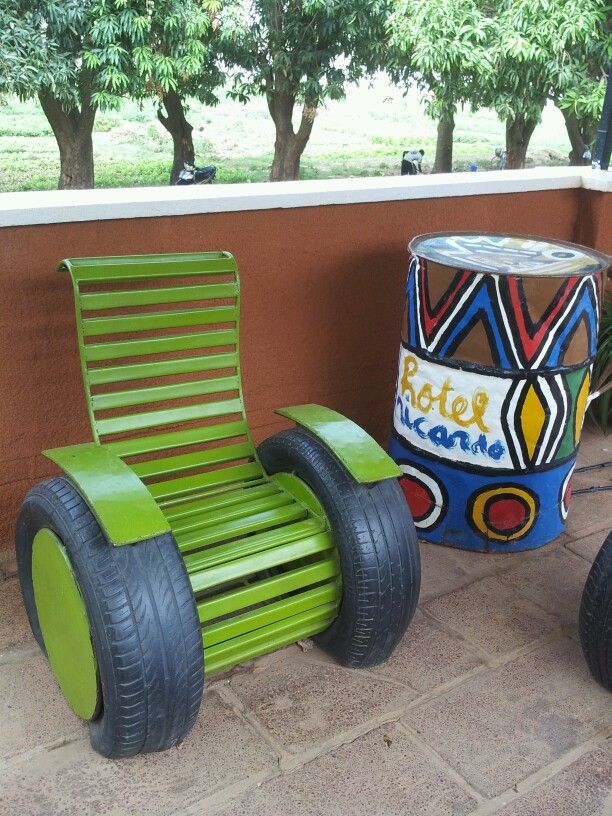
The oils recovered from used tires are very similar in constitution to the virgin polymers initially used to make new tires. My lab has also demonstrated that they can be repurposed.
In one instance, the recovered polymers were converted back into new rubbers, as shown above with the tire of the model toy car. The inorganic residue, initially removed by filtration, could also be reused as a reinforcing agent in the new rubber.
There is more work to be done. We need to better establish the range of products that can be made from the recovered polymers and reduce the quantity of catalyst needed to improve the economics of the process.
The overall process offers an opportunity to close the loop on automobile tires, as the rubber can be efficiently degraded and then reused to make other useful materials. It provides a new strategy to re-purpose the valuable materials in used tires and simultaneously address a perplexing environmental problem.
[ Expertise in your inbox.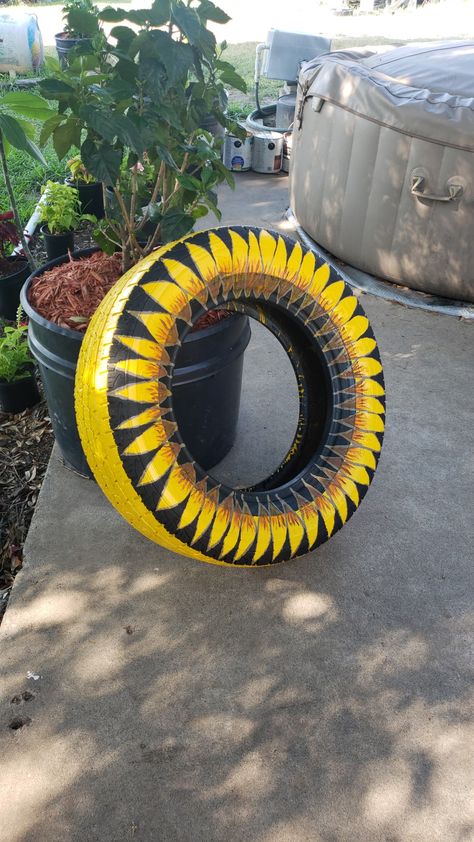 Sign up for The Conversation’s newsletter and get a digest of academic takes on today’s news, every day. ]
Sign up for The Conversation’s newsletter and get a digest of academic takes on today’s news, every day. ]
By Salman Zafar | |DIY, Recycling, Waste Management
The old tires of your Subaru Forester are now worn out and no longer safe to be used on the road, says your mechanic. You’ve started shopping for new tires. But you wonder—what can you do with those old tires?
You can recycle it!
Tire recycling is the most practical and environment-friendly way of disposing of old and worn-out tires. Due to their inherent durability, large volume and environment and health risks, tires are one of the most problematic sources of solid wastes. Around the world, an estimated 2.5 million tires are thrown away yearly. With rubber recycling, tires can be given a new lease of life.
Tire recycling can have numerous benefits not only for vehicle owners like you but also for the communities.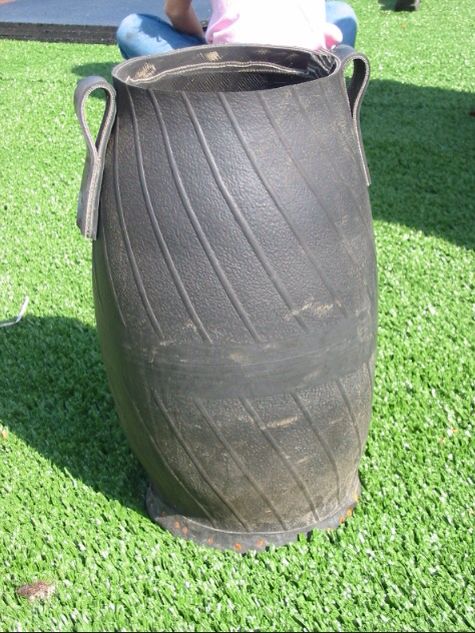 For one, it can conserve landfill space. Because of their round and hollow shape, tires can take up significant space in landfills. Eliminating bulky items like tires can leave space in landfills for other things that cannot be easily recycled. There are many scientific papers about the benefits of processing, and if you were asked to write an essay, then you can contact this company with a request “buy essay” and a team of professional writers will help you
For one, it can conserve landfill space. Because of their round and hollow shape, tires can take up significant space in landfills. Eliminating bulky items like tires can leave space in landfills for other things that cannot be easily recycled. There are many scientific papers about the benefits of processing, and if you were asked to write an essay, then you can contact this company with a request “buy essay” and a team of professional writers will help you
Tire recycling can also create new, beneficial products. Tire-derived fuel (TDF) is an example which is produced by subject scrap tires to high-temperature pyrolysis. This is reputed to be more energy-efficient than normal fuel. It also releases minimal emissions. Other useful products created from recycled tires are playground turf, railroad ties, and rubberized asphalt.
This process can also help in preventing the spread of diseases. Discarded old tires can provide a nesting place for rodents and mosquitoes. By recycling old tires, those pests can be eliminated.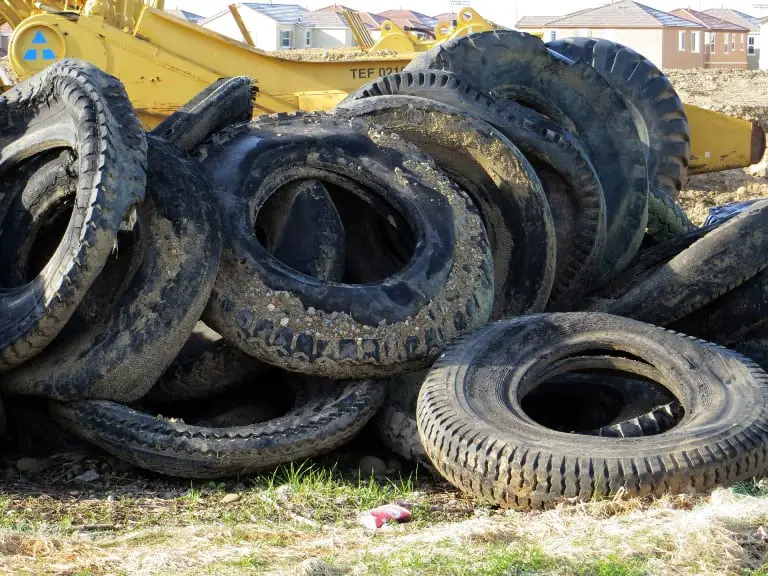 Consequently, diseases brought about by said animals can be prevented.
Consequently, diseases brought about by said animals can be prevented.
So, how do you recycle your old tires? One is to check with your local government about drop-off depots where you can bring your old tires for recycling. You may also bring those tires to household waste recycling centers.
These tires will then likely be packed and sent to processing plants, where they will be cut into smaller pieces by cut shredders. This is aimed at reducing the tire volume and creating a material that can be easily handled.
The end-product is a raw material that can be utilized for TDF, the most developed market for old tires in the United States. It is widely used in the country as a supplemental fuel by industries cement kilns, paper mills, and electric utilities, among others.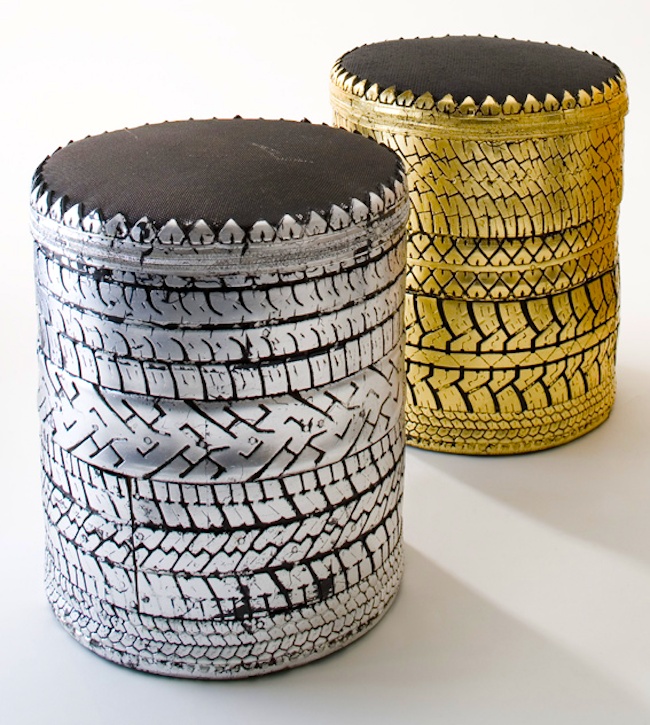
Tire shreds are then processed to remove the tire wire, which adds to the resilience, versatility, and strength of the tire. The wire is removed and recycled; often brought back to steel mills as these can be used in manufacturing new steel.
The remaining rubber is then screened to ensure that it is free from wires and other contamination. Afterward, the rubber is cleaned using water and other cleaning agents. Clean rubber is then packed and brought to other factories in need of rubber as raw material such as rubber shoe manufacturers.
Recycled rubber is also used in other ways such as ground rubber applications such as asphalt rubber, animal bedding, and synthetic sports field underlays. Asphalt rubber is widely used in Arizona, California, and Florida, for instance.
Other rubber by-products can be reused in various shapes and forms. For example, fiber and nylon make up nearly 15% of a tire. When extracted from old tires, these materials can be used in the manufacture of concrete, fiberglass, stucco, caret, and cleanup materials.
Rubber powder can also be derived from recycled tires. This high-performance but affordable material is used in creating sealing products, plastic, and rubber. It is a sustainable material with no adverse effects on
Yet DIY tire recycling can also come in other forms. You can reuse your old, worn-out tires in different ways. One of the oldest ways to recycle old tires is to use them as tire swings. You can paint it first before hanging the tire on a tree. If you have many trees around your yard, you can hang a couple of old tires to create an entire swing set. This is an old-fashioned way to create a playset for your kids at home.
Tires can also be reused into tire climbers. Instead of spending several hundreds of dollars in a jungle gym, you can use old tires into a tire climber. Again, paint them first with bright colors. Bolt the tires together to make the tire climber safer for kids to play with.
You can also reuse old tires into a sandbox.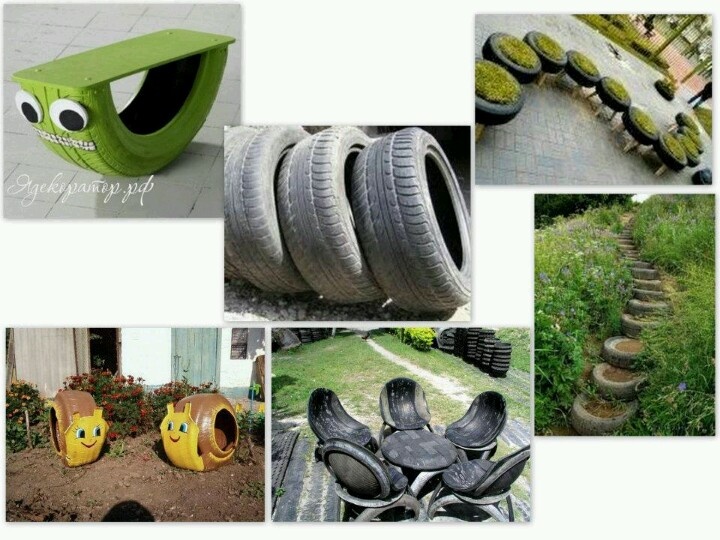 This is particularly recommended if you have big tires like tractor tires. Put together several tractor tires in your yard and pain them. This is a nice way to thrill the kids during the summer. Check out cheap essay writing service to help your kids in their homework.
This is particularly recommended if you have big tires like tractor tires. Put together several tractor tires in your yard and pain them. This is a nice way to thrill the kids during the summer. Check out cheap essay writing service to help your kids in their homework.
An old tire can also serve as a hose caddy. Instead of leaving your garden hose and increasing its chances of getting damaged, you can secure it with a hose caddy made of an old tire. This is simple to do—cut the tire in half and coil the garden hose inside it. You may even paint the tire so that it would match your outdoor décor.
Finally, you can reuse tires into planters. There may be some cutting involved so prepare tools such as saw and hammer. Again, painting the tire may be optional. You can make several planters depending on the number of old tires you have.
There are other creative tire recycling ideas that you may explore such as turning old tires into chairs, welcome mats, dog bed, and see-saws.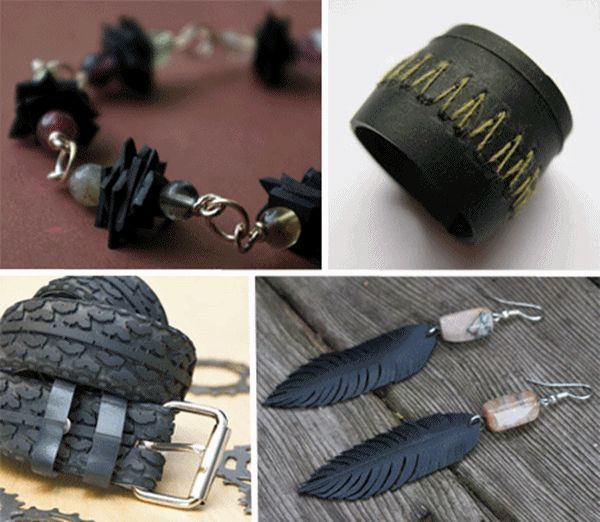
As you can see, old tires don’t have to end up in the landfills. Tire recycling is the best and most ecologically-sound way of disposing of old tires.
There are many ways to recycle old tires. You can bring your old tires to a household waste recycling center where these are collected and segregated before being processed into various by-products.
You can also recycle tires through DIY projects. From tire planters to tire climbers, the possibilities are endless as far as recycling and reusing old and worn out tires are concerned.
Like Loading...
Tagged Benefits of Recycling Old Tires, DIY Projects for Tire Recycling, DIY Ways to Recycle Tires, Hose Caddy, How to Recycle Old Tires, Planters, Reuse of Tires, Rubber, Sandbox, TDF, Tire Recycling, Wire. Bookmark the permalink.
Vladivostok motorists are actively "changing shoes" for their cars. This is also noticeable in the dumps of damaged tires that drivers throw away.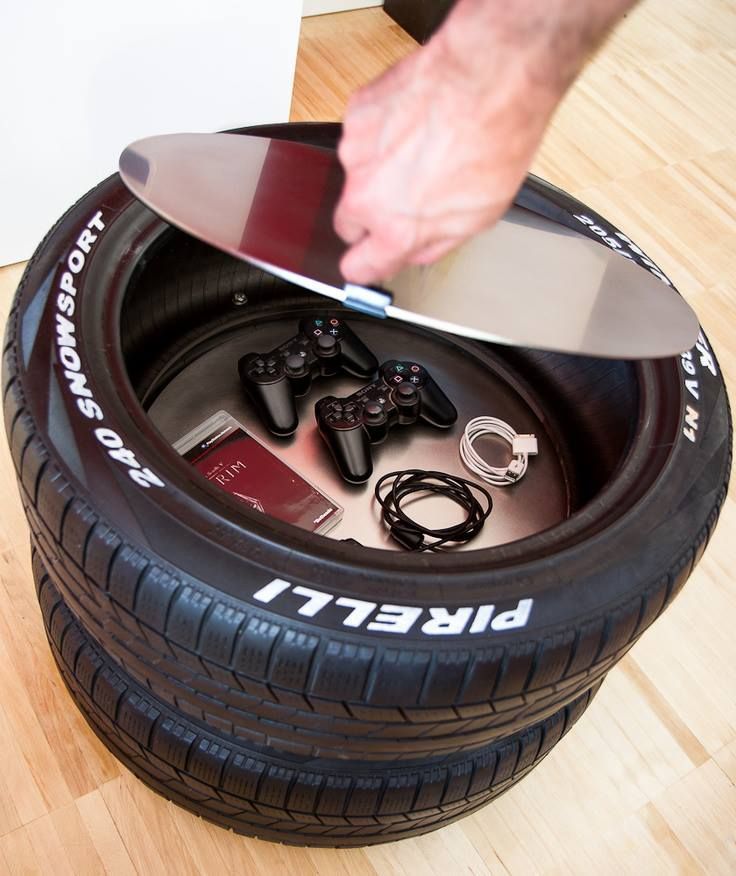 From time to time, someone sets fire to these heaps, poisoning the air. To solve the problem of old tires, a tire recycling plant appeared in Artyom two years ago, where old wheels are turned into a new safety coating for sports stadiums.
From time to time, someone sets fire to these heaps, poisoning the air. To solve the problem of old tires, a tire recycling plant appeared in Artyom two years ago, where old wheels are turned into a new safety coating for sports stadiums.
The plant accepts rubber for recycling at 3 rubles per 1 kilogram. All sizes of tires are processed here, from small wheels of passenger cars to huge BELAZ tires.
Such a picture on the site in front of the plant, and this is only a small part:
1.
Wheels with all types of damage are used: whether it is a worn tread or a hernia. The main condition is that tires must be clean, without traces of oil and paint, and not have traces of burning.
2.
Tires are mechanically recycled at the plant, which means that the production is harmless and environmentally friendly. Before the tire is sent for recycling, metal wire is removed from it.
3.
Special machine on which the middle of the tire is cut:
4.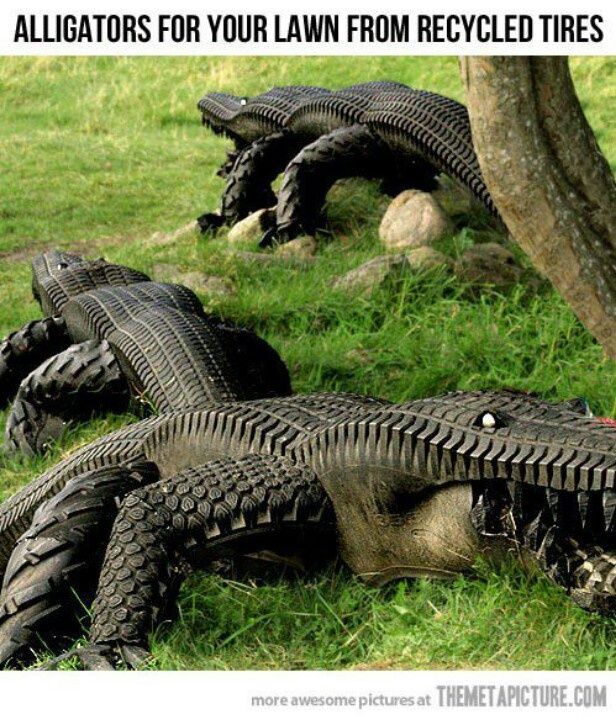
This iron wire is removed from the tires:
5.
the hands of the strongest guys in this shop - they cut the wheels into pieces of 10 kg, which follow on the hydraulic shears.
7.
Harvested pieces of tires in turn enter the conveyor:
8.
The next tire is being prepared for opening:
9.
From under the hydraulic shears, the rubber goes to the crusher, overcomes the granulator and two vibrating tables.
10.
11.
12.
The baby, in the course of its journey, is divided into large and small and falls into two different tanks, from which it is scattered into 25 kg bags.
13.
14.
28 units of different equipment under the guidance of 10 craftsmen make more than one and a half tons of crumbs per shift from 3 tons of tires. This crumb goes to the production of self-leveling coatings, which are used to make artificial safety stadiums.
The largest manufacturing and transport companies in Primorye annually deliver up to 2 tons of rubber to the plant. By next year, management plans to process up to 5,000 tons of rubber per year. But, according to the general director of the plant Sergey Lazarev, in order to completely solve one of the city's serious problems, processing capacities of 10,000 tons per year and a centralized system for collecting tires in the region are needed.
By next year, management plans to process up to 5,000 tons of rubber per year. But, according to the general director of the plant Sergey Lazarev, in order to completely solve one of the city's serious problems, processing capacities of 10,000 tons per year and a centralized system for collecting tires in the region are needed.
Tire services should be the main link in the collection system. In Vladivostok, there are several "accredited" tire shops that have entered into an agreement with the plant. Most services just take the tires out of town and throw them away.
Taken from smitsmitty to Tire Recycling and Recycling Plant
, which will be seen not only by readers of the community, but also by the site How it's done
Let me remind you once again that posts can now be read on channel in Telegram
and as usual at instagram . Click on the links, subscribe and comment, if you have questions about the case, I always answer.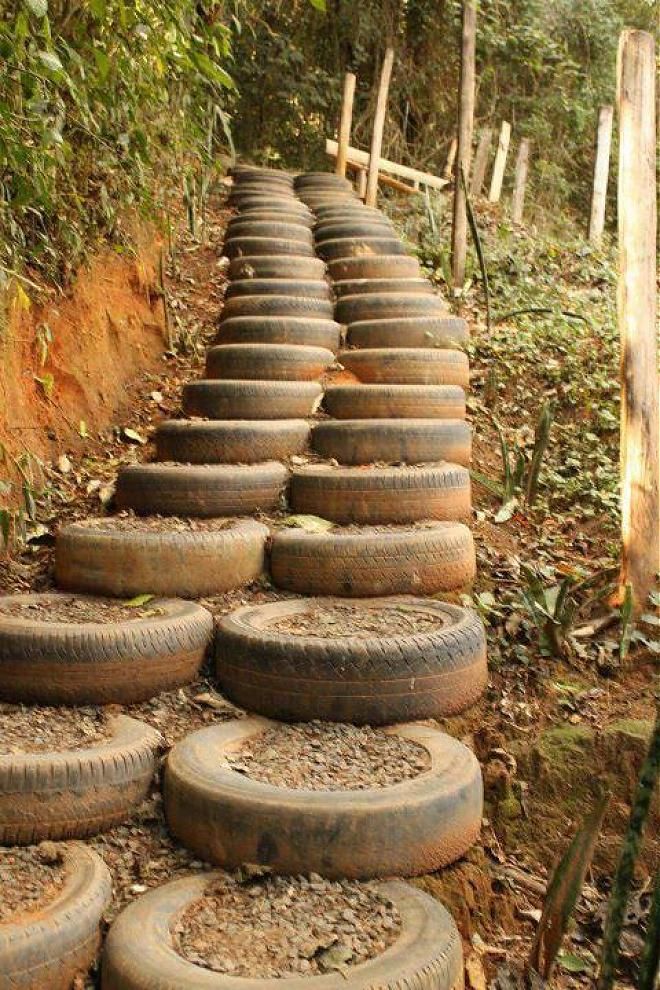
Click the button to subscribe to How It's Made!
Tags: Vladivostok, Primorsky Krai, recycling, recycling, tires
Author Aslan Reading 3 min. Views 2.4k. Posted by
Motorists in Vladivostok are actively changing their cars. This is also noticeable in the dumps of damaged tires that drivers throw away. From time to time, someone sets fire to these heaps, poisoning the air. To solve the problem of old tires, a tire recycling plant appeared in Artyom two years ago, where old wheels are turned into a new safety coating for sports stadiums.
The plant accepts rubber for recycling at 3 rubles per 1 kilogram. All sizes of tires are processed here, from small wheels of passenger cars to huge BELAZ tires.
Such a picture on the site in front of the plant, and this is only a small part:
1.
Wheels with all types of damage are used: whether it is a worn tread or a hernia. The main condition is that tires must be clean, without traces of oil and paint, and not have traces of burning.
2.
Tires are mechanically recycled at the plant, which means that the production is harmless and environmentally friendly. Before the tire is sent for recycling, metal wire is removed from it.
3.
Special machine for cutting out the middle of the tire:
4.
This iron wire is removed from the tires:
5.
Then the tire goes into the hands of the strongest guys in this shop - they cut the wheels into pieces of 10 kg, which follow on the hydraulic shears.
7.
Harvested pieces of tires in turn enter the conveyor:
8.
The next tire is being prepared for opening:
9.
From under the hydraulic shears, the rubber goes to the crusher, overcomes the granulator and two vibrating tables.
10.
11.
12.
The baby, in the course of its journey, is divided into large and small and falls into two different tanks, from which it is scattered into 25 kg bags.
13.
14.
28 units of different equipment under the guidance of 10 craftsmen make more than one and a half tons of crumbs per shift from 3 tons of tires. This crumb goes to the production of self-leveling coatings, which are used to make artificial safety stadiums.
The largest manufacturing and transport companies in Primorye annually deliver up to 2 tons of rubber to the plant. By next year, management plans to process up to 5,000 tons of rubber per year. But, according to the general director of the plant Sergey Lazarev, in order to completely solve one of the city's serious problems, processing capacities of 10,000 tons per year and a centralized system for collecting tires in the region are needed.
Tire services should be the main link in the collection system.